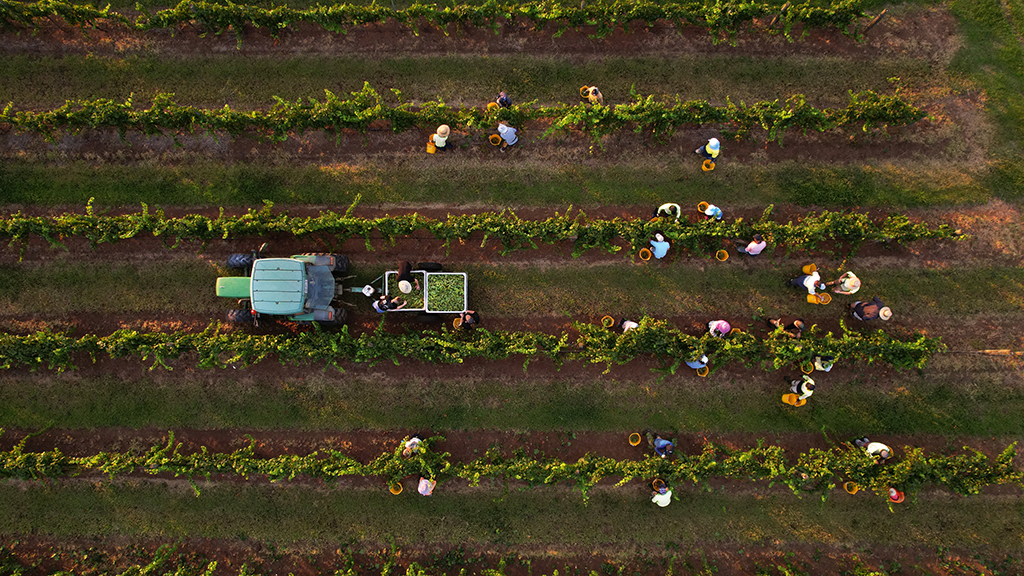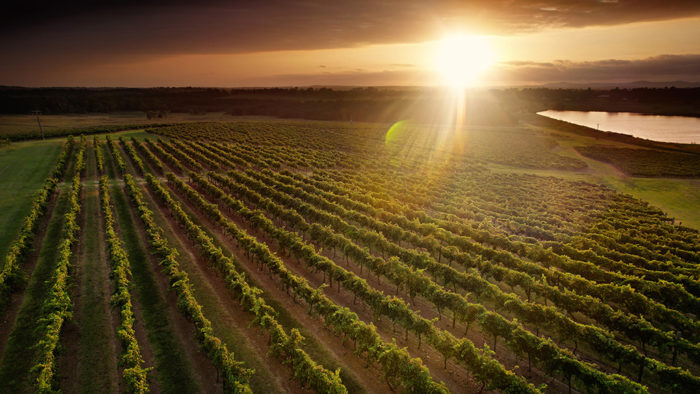
What’s the alternative?
As a young wine-making nation, Australia is blissfully free to explore “alternative”
grape varieties that suit our ever-evolving climate and tastes.
Our 200 years of winemaking history is pretty short compared to that of Old World winemaking nations such as France, Germany, Spain and Italy. Like most youngsters, we are still working it all out, learning by trial and error, experimenting to learn which grape varieties grow well in which location.
And unlike many of our Old World colleagues, Australian wine producers are not bound by the draconian rules and regulations that constrict so many European wine growing and making practices. We are at liberty to plant what we want, wherever we want, however we want. So as we learn more about local variables such as soil type, temperature, water access and sun exposure we are refining our plantings to suit.
In the Hunter, we are very happy with the hand that history has dealt us. We are proud of the iconic Shiraz and Semillon wines introduced by our early grape-growing pioneers. We are getting better and better with modernising our 1970s discovery, Chardonnay, and our historic Verdelho is a reliable friend.
We know that late-ripeners like Cabernet and Merlot don’t work so well in our frequently frustrating wet harvest conditions, and it’s just too hot for the delicate Riesling grape. We now understand that Pinot Noir is a sensitive, fickle plant, only suited to limited sites.
But that’s not the end of the story. There are around 10,000 grape varieties out there to try, and local viticulturists are increasingly planting experimental vineyards, to see what might grow well in the Hunter. And our innovative local winemakers are delighted to have new toys to play with. They are clearly fast-learners given the quality of the wine being made from these “alternative” varieties.
The word “alternative” is not to be confused with the term often used in reference to the hipster low-intervention, natural wine movement.
Rather, it is used to describe “new” varieties, those gaining ground in Australia beyond the mainstream grapes with which most wine lovers are well familiar. These outliers even have their own competition – the Alternative Varieties Wine Show, held annually in Mildura. This show was initially created to highlight the warm-climate and little-known Italian varietals planted by migrants in the Riverina, but has evolved to become a showcase for varietal innovation across the country.
Taking the temperature
The climate in the Hunter is broadly similar to that of the Southern Mediterranean, with average temperatures just above that of Southern France and Northern Italy, and in line with continental Spain. So it’s no surprise that we look to these regions for viticultural inspiration.

Fiano, Vermentino and Nero d’avola from Italy, Albariño and Tempranillo from Spain, Touriga Nacional from Portugal and even Assyrtiko from Greece are finding homes across the country, to accommodate the wine community’s thirst for innovation, the increasingly globalised taste of local consumers, and to cater for the ever-changing climate.
Find more about grape varieties in the Hunter in our Summer Edition of Hunter & Coastal Lifestyle Magazine or subscribe here.
Story by Sally Evans, photography courtesy of wineries/Chris Elfes

